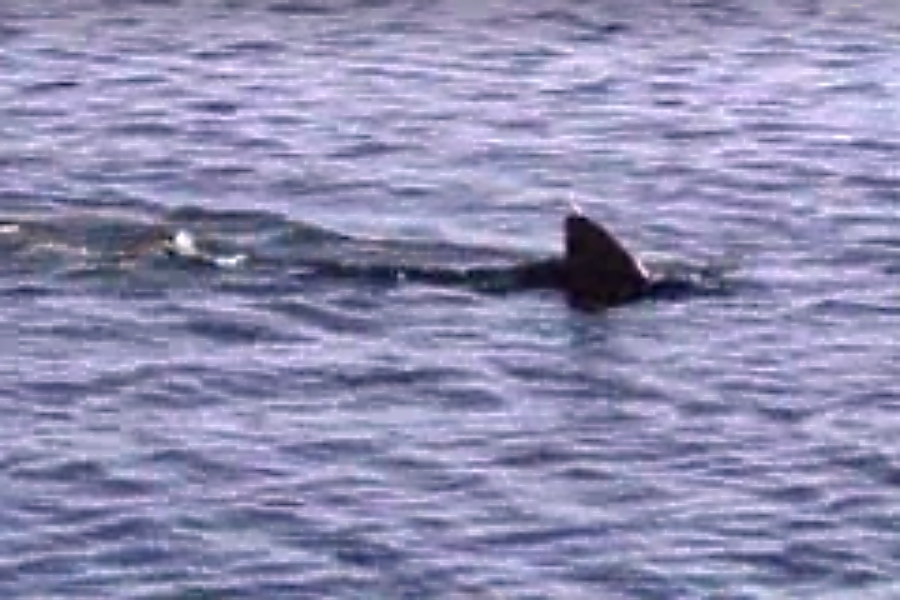US Navy's newest spy? A drone fish named Nemo
Loading...
America's top new spy swims like a bluefin tuna, and is named Nemo.
The US Navy is developing a a robotic fish drone for spying operations that may soon be able to swim unmanned, collecting intelligence and accessing forbidden areas. Project Silent Nemo – named after the Disney movie about a clown fish – has cost about $1 million so far and could be operational as early as next year.
Codenamed "Ghostswimmer," the 5-foot, 100-pound unmanned underwater vehicle swims and behaves just like a bluefin tuna fish (although it has a dorsal fin like a shark), waving its tail back and forth to propel itself. The prototype can reach speeds up to 40 knots, or about 46 mph, and depths up to 300 feet.
On Dec. 11, the robotic fish took a test swim, gliding through the waters at Joint Expeditionary Base Little Creek controlled by a joystick. It can also be set to swim automatically, on its own.
The beauty of Robo-tuna, as it is affectionately called, is that it's modeled after the best bio-engineering on earth: nature.
"This is part of a new field of underwater unmanned vehicles that use biomimicry," project lead Marine Corps Capt. Jerry Lademan told Mashable. "The idea is to use what evolution has already perfected over a couple thousand years, take the best parts of that and make it into a mechanical device."
In order to develop Project Nemo, US Navy engineers "reverse-engineered" the way a tuna fish moves.
Robo-tuna's secret: It moves like a fish, not a submersible. By mimicking the natural swimming motion of a fish rather than a typical propeller-driven torpedo-shaped drone, the tuna fish drone moves extremely quietly, can make tight turns, and is virtually undetectable. That means it can sneak into enemy waters and collect information or deliver payloads more effectively.
"The tuna fish is one of the few aquatic animals that uses just half its body to propel itself forward," Capt. Lademan said. "With most fish, the whole body is involved. So the biology of it makes sense for an unmanned underwater vehicle, because it’s much easier to design a UUV where only the back half moves."
Once operational, Ghostswimmer may be sent on intelligence, surveillance and reconnaissance missions, where, reports the Daily Press, "[I]t could be used to inspect the hull of a ship, check waters for threats such as mines or protrusions, deliver payloads including sonar and guidance packages, and access otherwise denied areas."
Weaponry has not yet been tested for Operation Nemo. But as Christopher Harmer, senior naval analyst with the Institute for the Study of War, told The Christian Science Monitor: “There isn’t any ground-breaking technology that the military hasn’t found some way to eventually weaponize."








